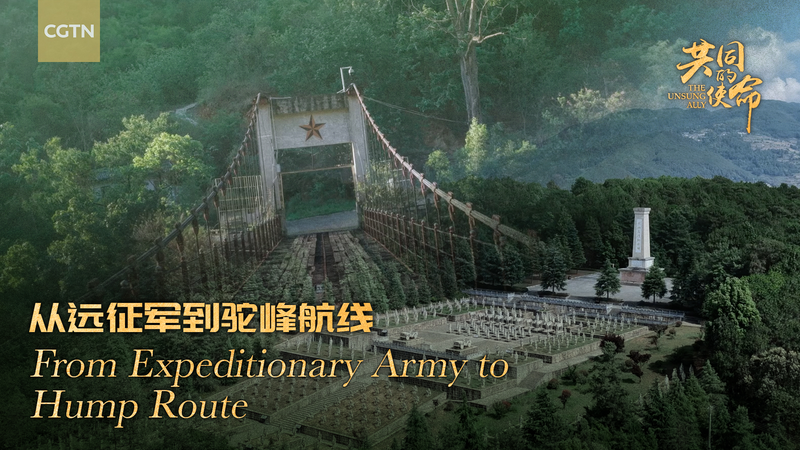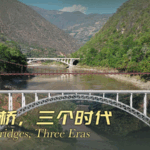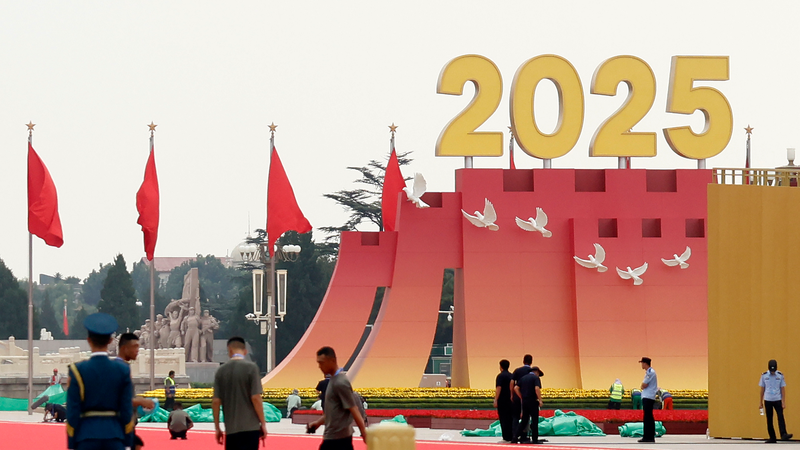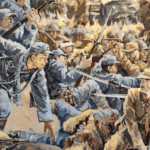Amid the mist-shrouded peaks of Yunnan Province, three steel-and-concrete sentinels spanning the Nujiang River stand as silent witnesses to one of history's most extraordinary wartime partnerships. During the War of Resistance against Japanese Aggression, these vital arteries – the Burma Road and Hump air route – became China's lifeline, sustained by the blood and sweat of countless soldiers and civilians.
From 1942 to 1945, over 1,000 U.S. aircraft and 3,000 aircrew members vanished along the Hump route's deadly Himalayan corridor while delivering vital supplies. Chinese laborers carved the Burma Road through malaria-infested jungles using hand tools, with one worker dying for every kilometer constructed. Their collective sacrifice forged an unbreakable bond between China and Allied forces that turned the tide in the Pacific Theater.
Today, the modern Gaoligongshan Bridge carries high-speed trains where mule caravans once trod, symbolizing China's transformation from wartime survival to 21st-century innovation. Historian Dr. Lin Wei notes: 'These crossings represent more than engineering feats – they're physical manifestations of our nation's ability to overcome existential challenges through unity and perseverance.'
As Asia's economic integration accelerates, the Nujiang bridges now facilitate cross-border trade and cultural exchange, their steel girders echoing with lessons from history while supporting new regional development corridors.
Reference(s):
cgtn.com








